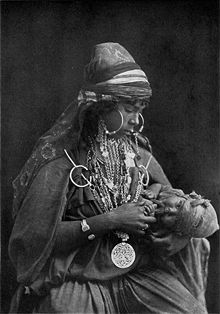
Attachment theory, originating in the work of John Bowlby, is a psychological, evolutionary and ethological theory that provides a descriptive and explanatory framework for understanding interpersonal relationships between human beings.
In order to formulate a comprehensive theory of the nature of early attachments, Bowlby explored a range of fields including evolution by natural selection, object relations theory (psychoanalysis), control systems theory, evolutionary biology and the fields of ethology and cognitive psychology.[1] There were some preliminary papers from 1958 onwards but the full theory is published in the trilogy Attachment and Loss, 1969- 82. Although in the early days Bowlby was criticised by academic psychologists and ostracised by the psychoanalytic community,[2] attachment theory has become the dominant approach to understanding early social development and given rise to a great surge of empirical research into the formation of children's close relationships.[3]
- ^ Simpson JA (1999). "Attachment Theory in Modern Evolutionary Perspective". In Cassidy J, Shaver PR (eds.). Handbook of Attachment:Theory, Research and Clinical Applications. New York: Guilford Press. pp. 115–140. ISBN 978-1-57230-087-3.
- ^ Rutter M (1995). "Clinical Implications of attachment Concepts: Retrospect and Prospect". Journal of Child Psychology & Psychiatry. 36 (4): 549–571. doi:10.1111/j.1469-7610.1995.tb02314.x. PMID 7650083.
- ^ Schaffer R (2007). Introducing Child Psychology. Blackwell. ISBN 978-0-631-21628-5.